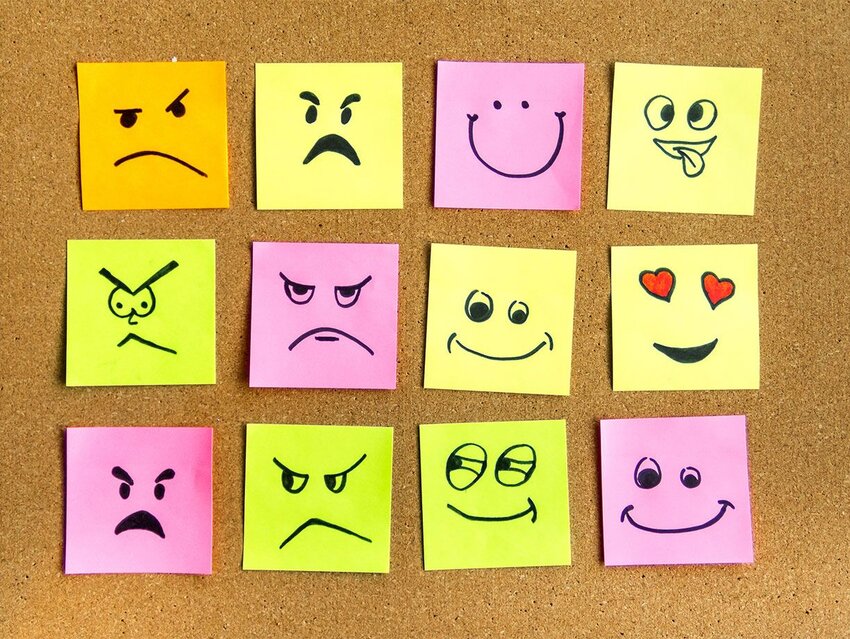As digital text communications have both expanded (covering everything from work chats to e-birthday cards) and shrunk (LOL!), typists have found ways to add context and even create images using the capabilities of their keyboard. What began as simple text-based emoticons, such as the ubiquitous smiley :) and frowny faces :( , has morphed into an international phenomenon of more than 3,000 illustrated icons (emoji) that depict emotions, genders and skin tones, foods, miscellaneous objects, and much more.
Whereas there are rules of etiquette to guide standard written communication, using emoji properly is still nuanced. A crying-face emoji in one sender’s text can mean something entirely different than a string of them from someone else. It’s a shifting mode of communication, but let’s examine some guidelines of good emoji etiquette today.
Personal Messages
In general, emoji use comes down to a few criteria: the platform you’re communicating on, the recipient, the content, and your intended meaning. In personal communication, nearly anything goes. It’s all subjective to the person you’re speaking to and the context of the conversation. If you’re texting with a friend about lighthearted subject matter, have at it and be silly. In fact, the use of emoji can enhance the conversation by offering clarity of tone, something that’s often missing in text conversations. However, if your friend is speaking to you about a more serious matter, such as a job loss or a death in the family, you might want to stick to simple and subdued emoji, like a heart. Similarly, on your personal social media, feel free to get creative with emoji, but the same rules apply — if you’re posting about a serious news item, for example, tone it down or leave out the icons completely.
Semi-Formal Communication
Here’s where you should tread a little more carefully. With any communication that involves mass recipients, such as a “reply-all” email with event arrangements, or any communication with someone you don’t know personally, use emoji more sparingly. They aren’t entirely taboo, but you should consider the fact that if someone doesn’t know you personally, they might not know the tone you’re trying to convey. You may come across as flippant or too casual. Hearts, thumbs ups, and smiley faces are generally safe, as are emoji that emphasize details, such as an arrow pointing at an important piece of information.
Professional Communication
In professional settings, it all comes down to context. For example, Slack (a common workplace chat platform) employs easy emoji and GIF integration. Here, emoji can clarify tone or add levity, as if you’re around the water cooler. If you’re engaged in a light back-and-forth with a colleague, using the icons is okay, but you might use fewer or more basic choices than you would in a text conversation with a close friend.
In these professional platforms, emoji can also serve as quick acknowledgements and speed up productivity. Either on email or on chat, sending a thumbs up can replace a longer reply, but convey the same message.
With clients, customers, or managers, exercise caution, and first consider the tone of the conversation. While it seems like the tiny icons are everywhere, excessive or inappropriate emoji usage can come across as unprofessional. A good rule of thumb is to wait for a client or customer to use them first to establish what is appropriate. Like everything, though, consider tone — if you’re sending emails to loyal customers about an upcoming big sale, splash those emoji around! A city-wide announcement for a planned power outage that will disrupt work — not a good time for an emoji.
Featured image credit: pfongabe33/ iStock

